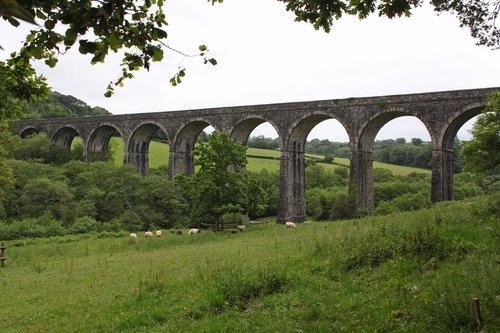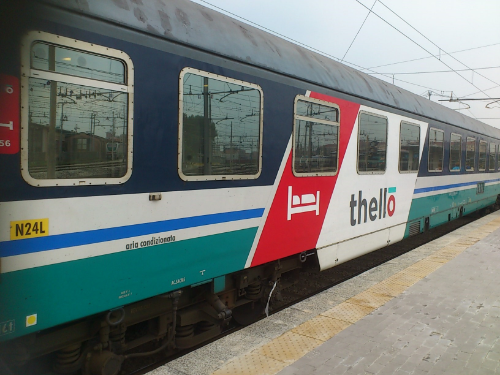Adventures around Dartmoor – with the Withered Arm
This blog is artfully designed to suit both general hikers or cyclists, and railway lovers. Just choose your section! For hikers and cyclists On summer weekends, you can do a great trip right around the edge of Dartmoor: the cycling/walking distance is around 24 miles, and the rest can be done by train. The key … Read more


